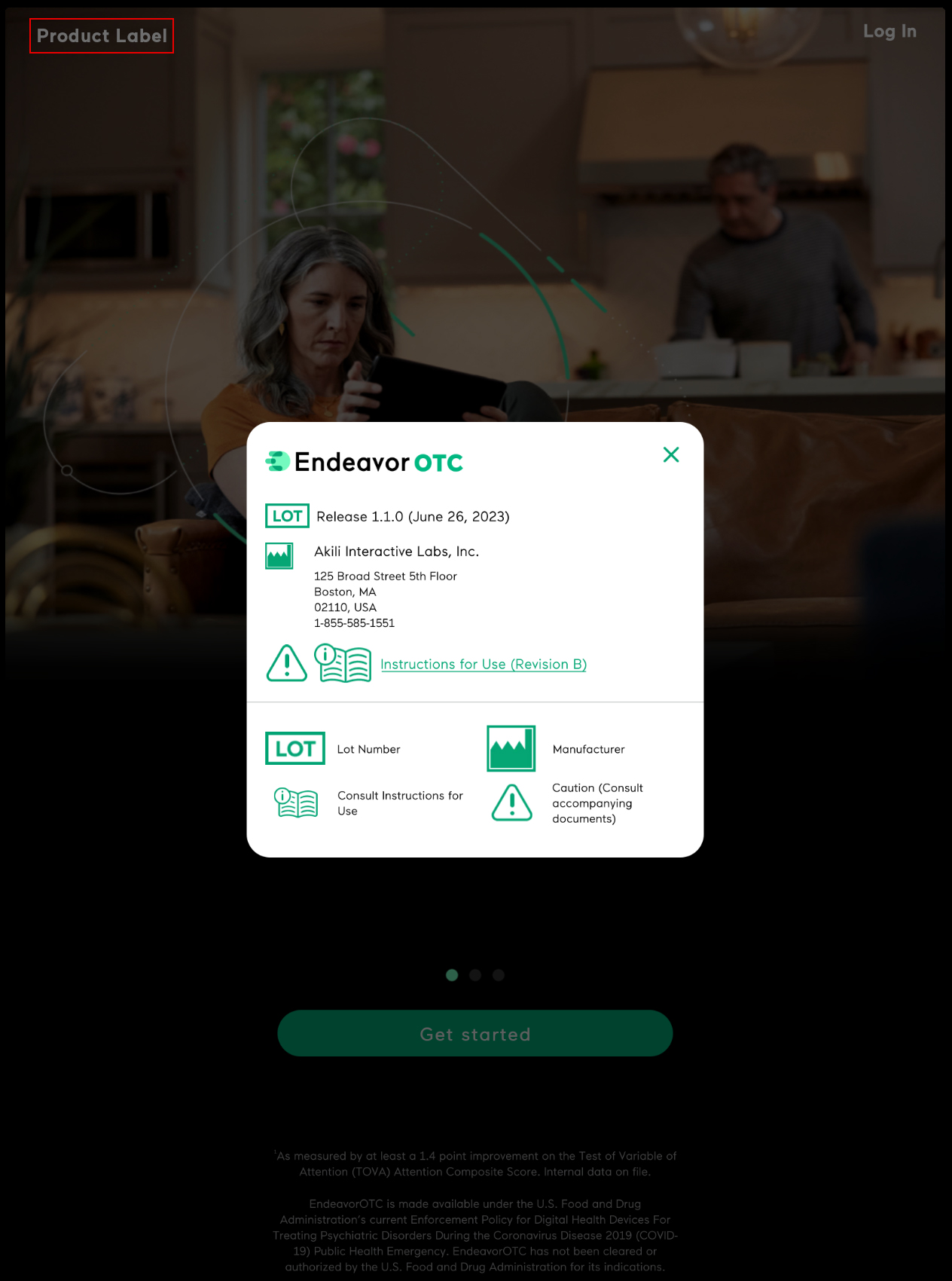What is ADHD Masking and How Can it Impact ADHD Diagnoses in Women?

While more attention is being paid to women with ADHD, women are still more often underdiagnosed with ADHD and misdiagnosed with other disorders, such as anxiety or depression. There hasn’t been as much research in women with ADHD, so while we are starting to understand how ADHD may manifest differently for women, there is a lot more we need to learn. For example, most research finds that women with ADHD are more likely to experience inattentive symptoms of ADHD than hyperactive symptoms. While that is true, research also suggests that women are more likely to mask (i.e., conceal or compensate for) their symptoms, meaning it may be more difficult to identify certain symptoms of ADHD in women, which in turn may lead to more women not meeting criteria for ADHD. In this article, we’ll unpack what we know about ADHD masking and provide some examples.
Demystifying the numbers for ADHD in women versus men
Contrary to popular belief, by adulthood the prevalence rate of ADHD in women is not significantly lower than the prevalence in men. In fact, the gender gap narrows even more when we consider the specific presentation styles. Women and men have close to equal rates of ADHD, inattentive presentation.
While the data consistently support this trend, it is also important to discuss how ADHD masking may also make it more difficult for clinicians and researchers to identify hyperactive symptoms of ADHD for women. For example, it’s possible that men and women have similar rates of hyperactivity, but ADHD masking has influenced the data we have on this topic.
What is ADHD masking?
So what is ADHD masking? It’s a learned behavior that may have originated to cope with symptoms of ADHD, but ultimately conceals symptoms of ADHD. While it’s true that women are more likely to report inattentive symptoms of ADHD, it doesn’t mean women don’t also experience hyperactivity/impulsivity or combined presentations of ADHD. Due to societal expectations and gender stereotypes that begin at a young age, girls and women are more likely to mask their symptoms, particularly hyperactive symptoms. For example, early gender stereotypes can influence girls to feel as if it’s less appropriate for them to run around the class than boys. This does not mean girls don’t run around or that they do not have those urges though. In fact, pushing off those urges can take a lot of cognitive effort and concentration that can exacerbate inattention difficulties!
Behind the mask
ADHD masking not only hinders accurate diagnosis, but also results in additional burden. Masking can affect many areas of life, from relationships to academics and professional achievements. The emotional toll of masking can lead to heightened anxiety, depression, and lower self esteem with women with ADHD. For example, masking symptoms of ADHD can require more elaborate organizational systems than other peers to complete the same task. As another example, it could mean that paying attention in a meeting takes double the cognitive energy as it does others.
It’s important to note that masking isn’t always conscious! Women may have learned systems that work really well for them and don’t realize that other people don’t need such elaborate systems to get things done. Or worse, sometimes they do realize it takes them more effort to get stuff done than other people. Rather than understanding it may be because their brain operates differently than their friend or colleague, they blame themselves and push even harder to match what they see others do. However, women that have learned to mask their ADHD symptoms and push even harder aren’t actually “matching” someone else’s effort without ADHD– they are working way harder. That can be exhausting. The long term consequences of untreated ADHD further highlights the urgency of recognizing and addressing the phenomenon.
Some common signs you might be ADHD masking:
-
You’re hyper-organized
You have an elaborate system of organization, but it takes you a lot of time and energy to maintain. Without it, you may also feel lost as to where to start and quickly get off track.
-
Oscillating social engagement
You’re either really engaged or fully drained and avoidant of social engagement. Sometimes you can be fully engaged, but by the end of the experience, you’re drained from keeping up an appearance that didn’t match how you felt internally.
-
Oscillating talkativeness
Similar to oscillating social engagement, you tend to oscillate between being very talkative and active in work meetings to completely being quiet and actively not trying to talk during meetings. For example, after you perceive you’ve been talking a lot, you may try to counter that impulse in the next meeting, actively trying not to blurt out, interrupt, or ask too many questions, which takes up a portion of your ability to pay attention during the meeting.
-
You’re the perfect chameleon
You’ve learned to mirror others’ behaviors really well. In a talkative group, you’ll crack jokes, but at work, you’ll sit still and appear composed. All those chameleon shades, however, take a lot of effort and affect your self-esteem. This type of masking is often seen in younger years by teachers as “perfect student, no issues,” but at home the decompression and inattentive or hyperactive symptoms are more evident.
-
You’re perpetually overbooked
You tend to avoid unstructured time by filling out your schedule. The fear of being unproductive leads you to over-commit to activities, leaving little down time. When your motivation wanes, however, you notice it’s difficult to maintain the schedule and you frequently fall behind.
-
You seek perfection
To overcome your perceived weakness, you seek perfection in yourself and tasks. This may mean if you feel you’re not good at organizing, you create elaborate organization systems. Or if you have a hard time with motivation, you might lean into extreme sports, exercise, or diet routines.
-
You’re chronically burnt out
Your daily responsibilities burn you out, both physically and mentally. You may have appeared on task and attuned all day long, but there was constant parallel mind-wandering and chatter that you were suppressing the entire time, making the same tasks feel more exhausting.
-
You feel restless
You may appear calm or still, but you feel restless. Mirroring other people’s physical composure takes active effort, and you’d prefer to or would be able to pay attention better if you were moving around.
-
Sometimes you procrastinate
You work best with tight deadlines. You purposefully work close to the deadline and have found you do your best work that way.
Importantly, this is not a diagnostic test. This list is meant to provide some examples of common ways ADHD masking can manifest for women, but it is also not an exhaustive list. ADHD is not the only reason someone can have these symptoms, and these symptoms are not unique to women. When considering any diagnosis, impairment or impact of daily life is equally important to the symptoms themselves. If you believe you may have ADHD, please consult your healthcare provider.
Masking can lead to ADHD underdiagnosis or misdiagnosis
As a field, we’re really just at the beginning of our understanding of how ADHD impacts girls and women and the different contributing factors to why that might be the case. ADHD masking, a coping mechanism deeply ingrained in societal expectations, contributes to the confusion surrounding ADHD prevalence and can lead to greater impairment experienced disproportionately by girls and women.
Note: While we predominantly use the terms women and men, both sex and gender factors contribute to ADHD. Researchers are mixed on which terms they use and more research is needed to tease apart sex and gender differences.
About the Author
-
Jessica E. Flannery, PhD is the Associate Director of Clinical Science at Akili. She is a clinical licensed psychologist, an ADHD-Certified Clinical Services Provider (ADHD-CCSP), and a developmental social neuroscientist. She has published over 50 peer-reviewed articles, received prestigious fellowships and awards and is a prior TEDx speaker.

